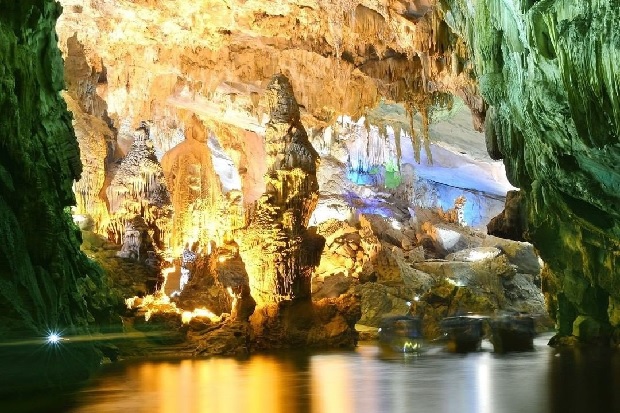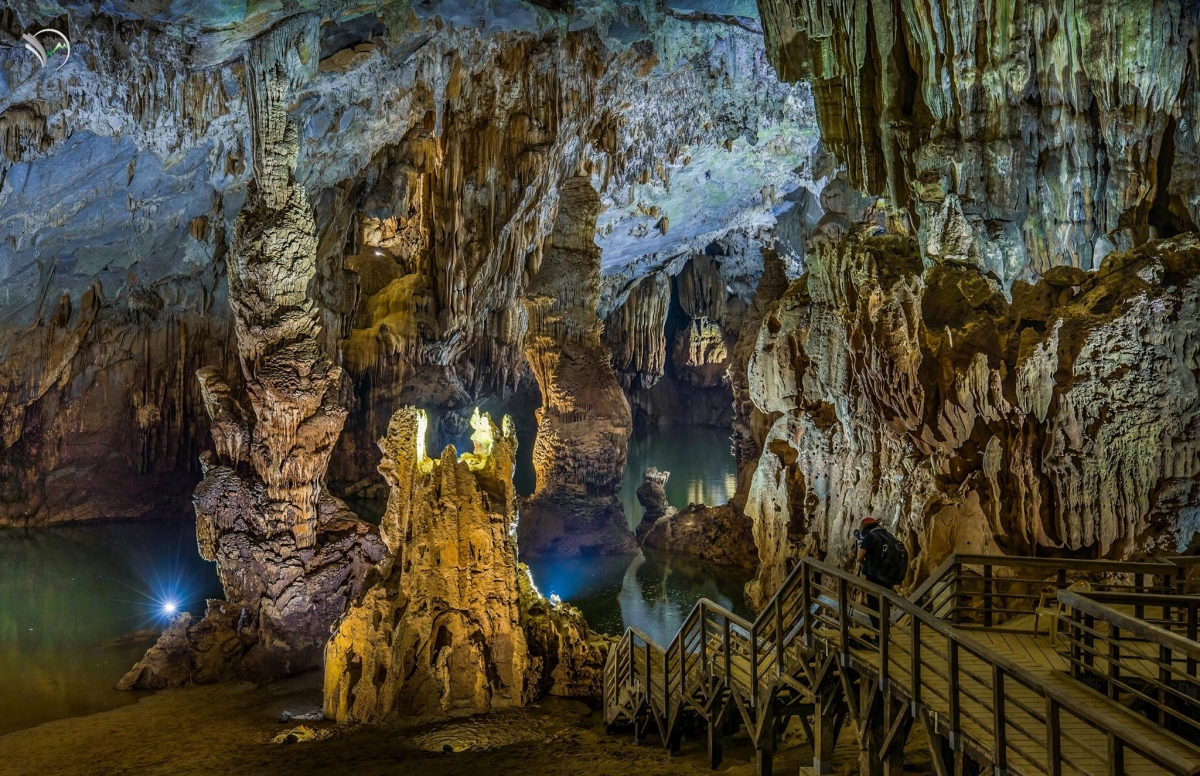Phong Nha Cave Travel Guide – UNESCO Wonder of Vietnam
Phong Nha Cave, located in Phong Nha – Ke Bang National Park of Quang Binh Province, is one of Vietnam’s most extraordinary natural wonders and a must-see destination for travelers. Recognized as a UNESCO World Heritage Site, the cave system is famous for its breathtaking underground rivers, incredible stalactites and stalagmites, and dramatic limestone formations that date back millions of years.

Beyond its breathtaking beauty, Phong Nha Cave is also wrapped in fascinating legends passed down through generations. Local people believe that long ago, this land was home to heavenly fairies who descended to Earth. Captivated by the serene Son River and the majestic limestone mountains, they chose to live inside the cave, making it their secret palace. The name Phong Nha, which means “Wind and Teeth”, comes from the sharp limestone formations at the cave’s entrance. To villagers, these natural “teeth” resembled the guardians of the sacred cave, protecting it from intruders. Another legend tells of a mysterious princess who once lived in Phong Nha. She was said to wait eternally for her lover, leaving behind echoes that can still be heard as the wind whistles through the cave. This story has given Phong Nha its mystical atmosphere, making each visit feel like a journey into both nature and folklore.

The highlight for many visitors is the 7,729-meter underground river, which is considered one of the longest in the world.
A visit to Phong Nha Cave usually begins with a peaceful boat ride along the Son River, passing through lush green landscapes before entering the dark, mysterious cave mouth. Once inside, you will be amazed by chambers filled with natural sculptures, such as “The Lion,” “Royal Court,” and “Buddha.” Each formation tells a unique story shaped by time and nature.

Beyond its geological beauty, Phong Nha – Ke Bang National Park is also rich in biodiversity, with hundreds of rare plants and animals, making it an ideal destination for nature lovers, adventure seekers, and photographers alike.
Best time to visit: January to September, when the weather is dry and the river level is low, allowing for easier exploration.
